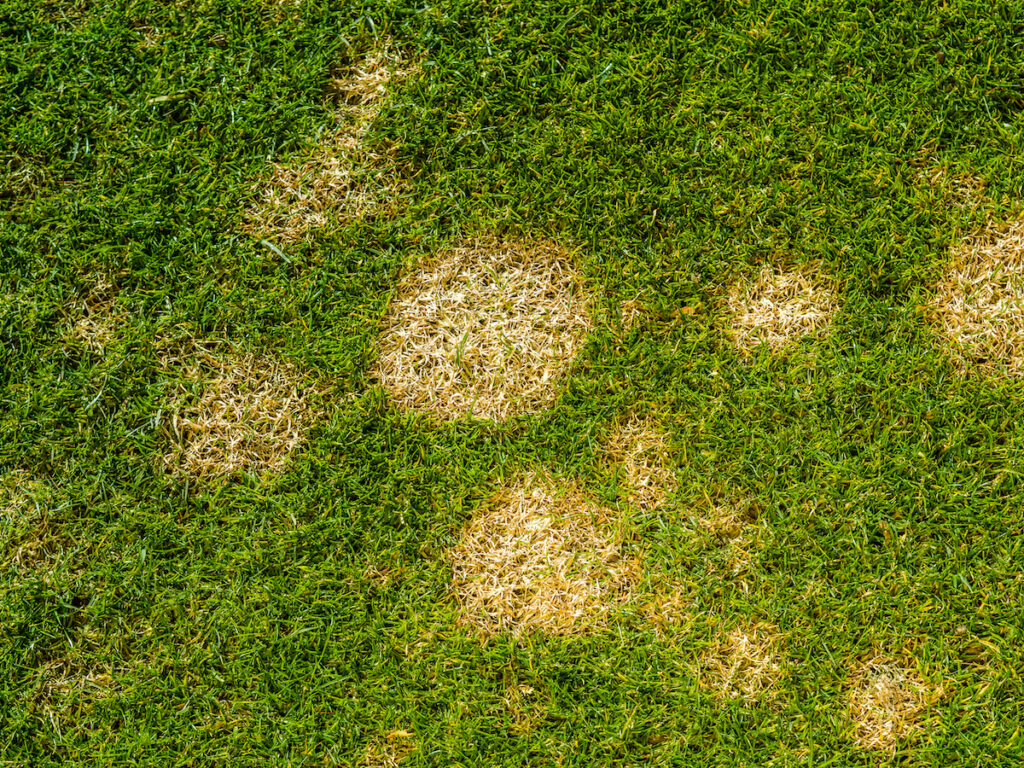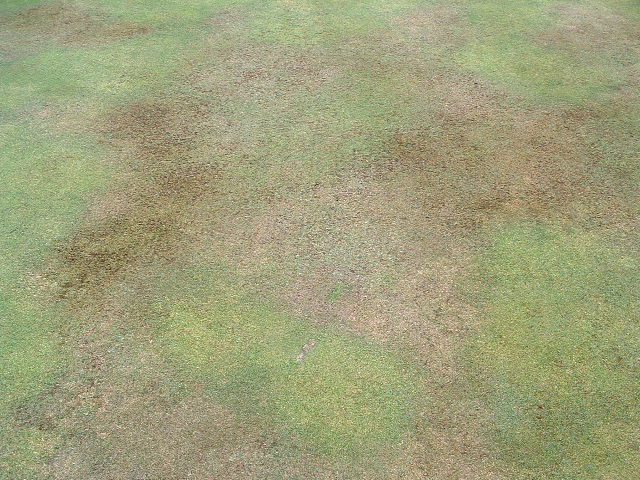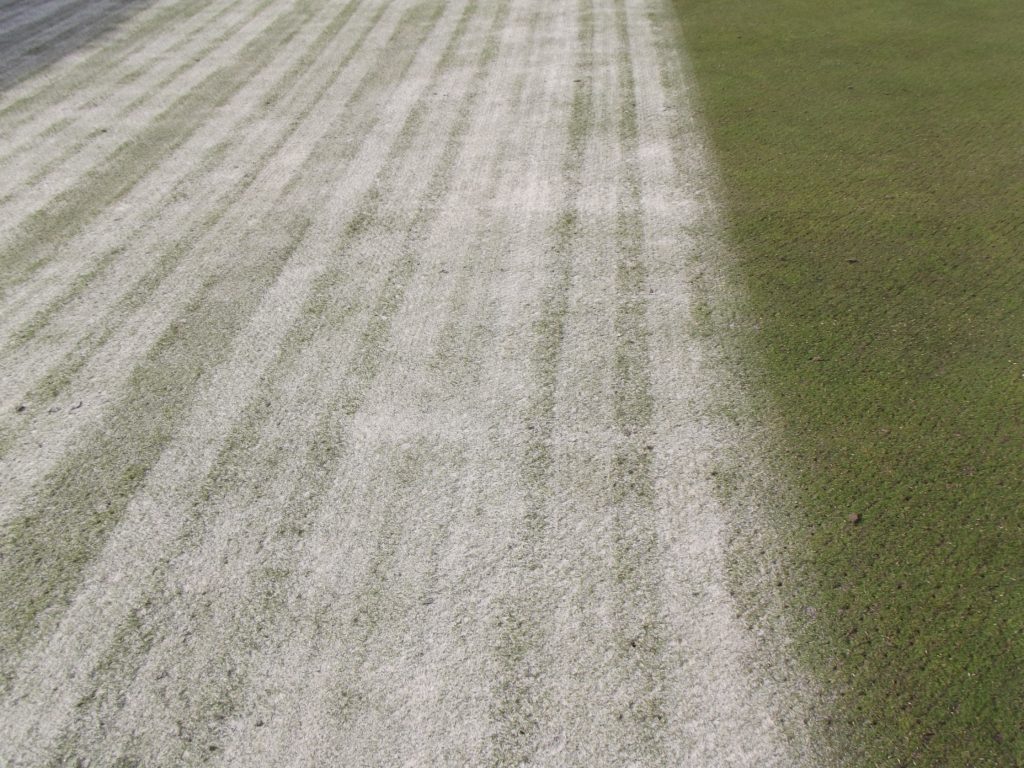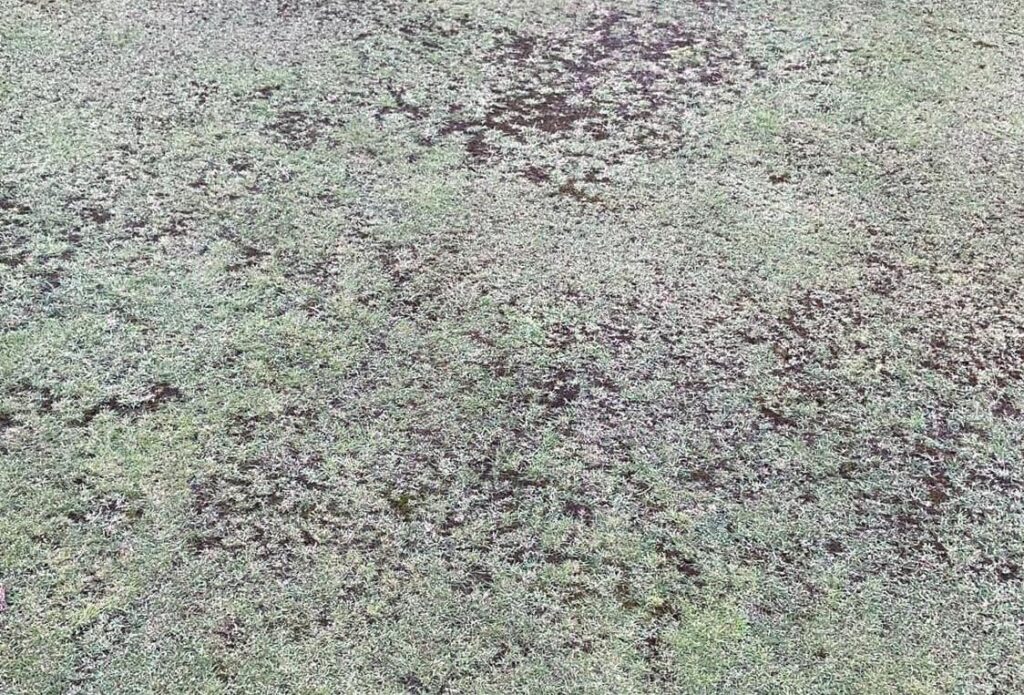When fungicides are used repeatedly, they don't just suppress disease temporarily; they erode the very microbial networks that would naturally keep disease in check. This explains why many greens find themselves caught in a cycle of recurring outbreaks and escalating chemical inputs.





